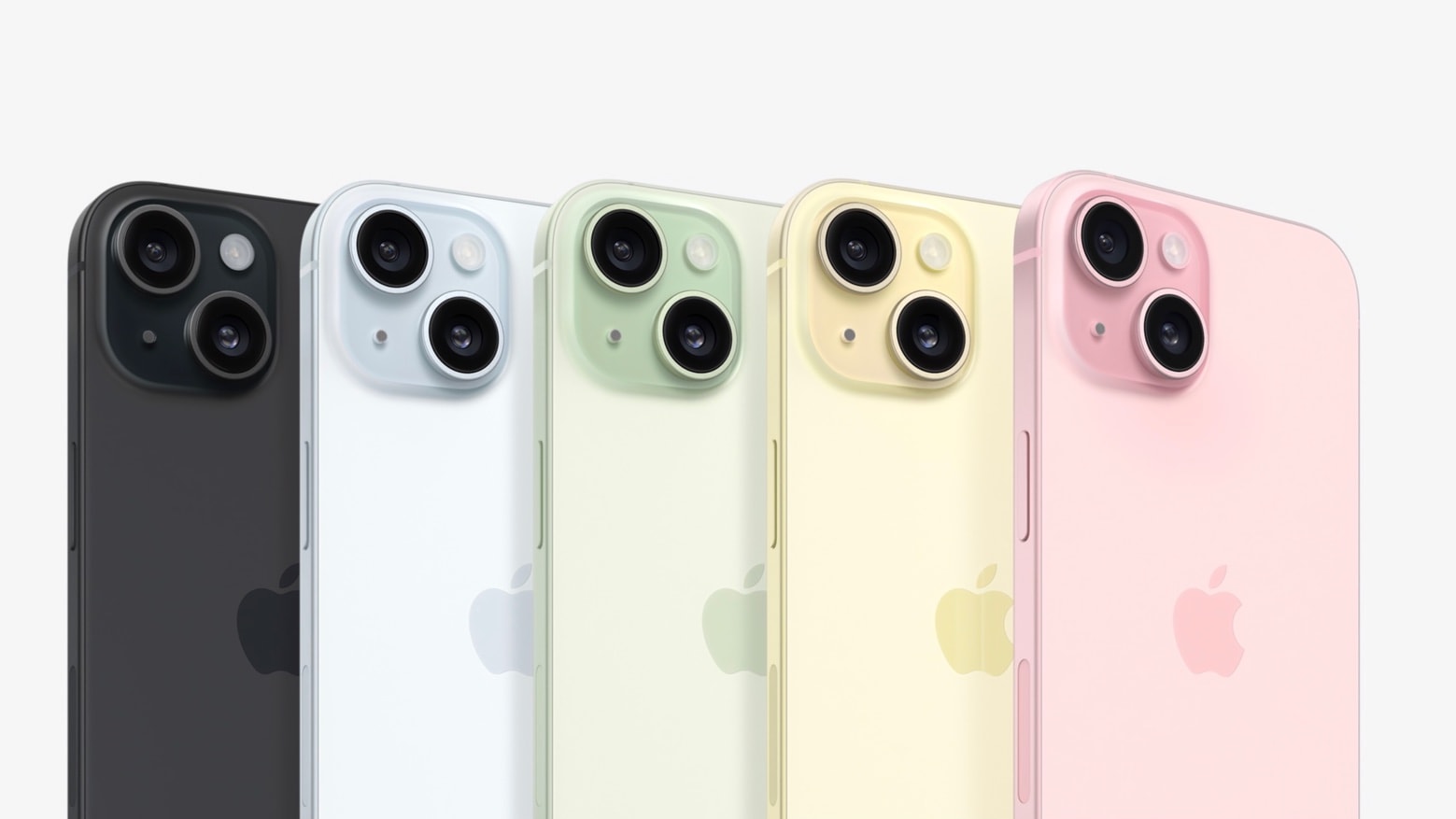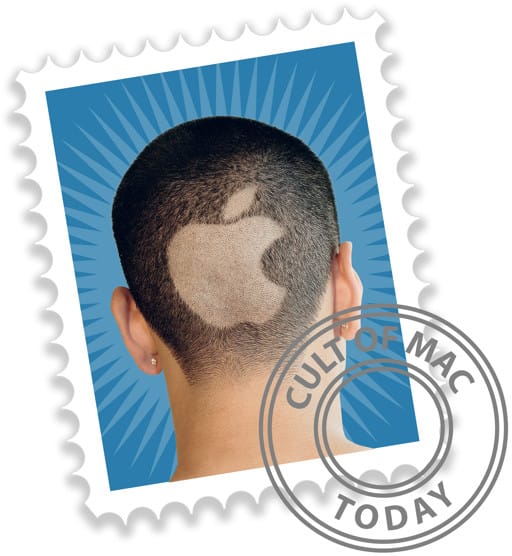Starting at $599, the iPhone 16e costs less than an iPhone 15. As you’ll see in this iPhone 16e vs. iPhone 15 comparison, Apple admittedly (and unavoidably) cut some corners while making its newest budget phone. However, the iPhone 16e also flexes some muscles the iPhone 15 can’t. If you’re interested in expert opinions and in-depth analysis, check out the latest iPhone SE reviews.
So, should you save your money and get the iPhone 16e or spend the extra $100 for the iPhone 15? Find out in this comparison.
This post contains affiliate links. Cult of Mac may earn a commission when you use our links to buy items.
iPhone 16e vs. iPhone 15 comparison
Surprisingly, the iPhone 15 costs $100 more than the iPhone 16e. The latter packs better internals and supports Apple Intelligence, which the iPhone 15 misses out on. (Read Cult of Mac’s iPhone 16e review for a deep dive into Apple’s latest budget handset.)
However, if you look past the AI features, the iPhone 15 offers some advantages to justify its $100 price tag. If you are looking for a new midrange iPhone, should you get the iPhone 16e or spend extra for the iPhone 15?
Table of contents: iPhone 16e vs. iPhone 15 comparison
- Design: Almost the same
- Display: Not the same
- Processor and storage: A binned A18
- Camera: Single vs. Dual
- Connectivity: Hello, C1!
- Battery life: A surprising winner
- Price: Cheaper by $200
- Conclusion
Design

Screenshot: Apple
- iPhone 16e: 146.7 mm x 71.5 mm x 7.8 mm; 167 grams; IP68, aerospace-grade aluminum with glass back, Ceramic Shield (front), Action button, Face ID
- iPhone 15: 147.6 mm x 71.6 mm x 7.8 mm; 171 grams; IP68, aerospace-grade aluminum, Ceramic Shield, Face ID
The iPhone 16e and iPhone 15 sport the same design language, with some minor differences. On the front, the iPhone 16e features a notch, while the iPhone 15 uses a Dynamic Island. On the rear, Apple’s newest member of the iPhone 16 lineup sports a single rear camera. In contrast, the iPhone 15 features a dual-camera setup arranged diagonally within a glossy-finished camera island.
Apple sells the iPhone 16e in black and white colors, while the iPhone 15 comes in five shades, enhanced by its color-infused glass back. The former also ditches the Ring/Silent switch in favor of a customizable Action button.
Display: iPhone 16e vs. iPhone 15 comparison

Photo: Apple
- iPhone 16e: 6.1-inch Super Retina XDR display, 2,532 x 1,170 pixels, 60Hz refresh rate, Haptic Touch, True Tone, HDR10, Dolby Vision, 800 nits typical brightness, 1,200 nits peak brightness, dual ambient light sensors
- iPhone 15: 6.1-inch Super Retina XDR display, 2,556 x 1,179 pixels, 60Hz refresh rate, Haptic Touch, True Tone, Dynamic Island, HDR10, Dolby Vision, 1,000 nits typical brightness, 2,000 nits peak brightness, dual ambient light sensors
Both iPhones pack a 6.1-inch display, though (as mentioned) the iPhone 15 features a Dynamic Island. The iPhone 16e settles with an iPhone 13-style notch. Despite being launched 1.5 years after the iPhone 15, the iPhone 16e’s display comes up short on brightness (800 nits vs. the iPhone 15’s 1,000 nits). While the iPhone 16e can hit a peak brightness of 1,200 nits, the iPhone 15 can go up to 1,600 while displaying HDR content and as high as 2,000 nits outdoors.
Other display aspects of the two phones remain the same: True Tone, HDR10, Dolby Vision support, and a 60Hz refresh rate. They both also use the first-generation Ceramic Shield as a cover glass for display protection.
Processor and storage
- iPhone 16e: A18, 3nm fab, 6-core CPU, 4-core GPU, 2x faster 16-core Neural Engine, up to 512GB storage
- iPhone 15: A16 Bionic, 4nm fab, 6-core CPU, 5-core GPU, 16-core Neural Engine, up to 512GB storage
When it comes to processing power and storage, the iPhone 16e trumps the iPhone 15. The latter uses an A16 chip, which debuted on the iPhone 14 Pro in September 2022. Fabricated on the 4nm node, the chip packs a 6-core CPU and a 5-core GPU. In comparison, the iPhone 16e uses the same A18 chip as found in other members of its family. The only catch is that the iPhone 16e uses a binned version of the SoC with one fewer GPU core.
Apple says the A18’s CPU is 30% faster, while the GPU brings a 40% uplift. The newer chip’s 16-core Neural Engine also runs up to 2x faster, speeding up artificial intelligence and machine learning tasks. Apple fabricates the A18 on TSMC’s cutting-edge 3nm node, making it more power-efficient. The faster SoC is paired with 8GB RAM — 2GB more than the iPhone 15.
More importantly, the A18 chip and extra RAM means the iPhone 16e supports Apple Intelligence. None of Apple’s AI-powered features like Genmoji, Image Playground and Writing Tools work on the iPhone 15.
Camera

Photo: Apple
- iPhone 16e: 48MP f/1.6 Fusion camera, optical image stabilization; Smart HDR 5, Photonic Engine, True Tone flash, wind noise reduction, Audio Mix; Front: 12MP camera with f/1.9 aperture
- iPhone 15: 48MP f/1.6 camera, sensor-shift stabilization; 12MP f/2.2 Ultra Wide; Smart HDR 5, True Tone flash, Cinematic mode (4K HDR@30fps), Action mode; Front: 12MP camera with f/1.9 aperture, autofocus
The iPhone 16e features a single 48MP rear camera with an f/1.6 aperture, likely using the same sensor as the iPhone 15. The key differences are that the iPhone 15 includes an Ultra Wide camera and sensor-shift stabilization. (The iPhone 16e uses optical image stabilization, which is not as effective.) The new budget iPhone also misses out on Action mode, macro capabilities, Cinematic mode, and next-generation portraits with focus control.
On the plus side, the iPhone 16e supports wind noise reduction, Audio Mix and spatial audio recording.
The front camera on both iPhones is the same: a 12MP f/1.9 shooter.
Connectivity: iPhone 16e vs. iPhone 15

Image: Apple
- iPhone 16e: Sub-6Ghz 5G, Emergency SOS via satellite, Roadside Assistance via satellite, Messages via satellite, high-dynamic-range gyro, Crash Detection, dual eSIM slots, Wi-Fi 6, Bluetooth 5.3, GPS, USB-C (USB 2 at 480Mbps)
- iPhone 15: mmWave 5G, Emergency SOS with satellite, Roadside Assistance via satellite, high-dynamic-range gyro, Crash Detection, dual eSIM slots, second-gen Ultra Wideband chip, Wi-Fi 6, Bluetooth 5.3, GPS, USB-C (USB 2 at 480Mbps)
The iPhone 16e is the first device in Apple’s stable to use its in-house 5G modem. Apple calls the C1 the “most power-efficient modem ever on an iPhone.” But there’s a catch: The baseband only supports sub-6GHz 5G. It does not support the faster mmWave 5G standard, which the iPhone 15 does. For many people, this will prove irrelevant, though, due to the lack of widespread mmWave 5G coverage.
Unlike the rest of the iPhone 16 family, the iPhone 16e supports the older Wi-Fi 6 standard (same as the iPhone 15). The iPhone 16e lacks an Ultra Wideband chip, so it cannot be used for AirTag Precision Finding, Apple Car keys and other related features. That’s a distinct disadvantage when pitting the iPhone 16 vs. the iPhone 15.
Other connectivity aspects are the same between the two iPhones, including support for emergency satellite services.
Battery life
- iPhone 16e: Up to 26 hours of video playback, up to 90 hours of audio playback; 7.5W Qi wireless charging support
- iPhone 15: Up to 20 hours of video playback, up to 80 hours of audio playback; 15W MagSafe and Qi2 wireless charging support
Besides packing a faster A18 chip, the iPhone 16e also lasts significantly longer than the iPhone 15. Based on Apple’s battery life specs, the newest member of the iPhone 16 family can provide six extra hours of video playback vs. the iPhone 15.
One of the reasons behind the iPhone 16e’s impressive battery life is Apple’s C1 modem. The company proudly claims it is the “most power-efficient modem ever on an iPhone.” This might come at the cost of missing mmWave connectivity, but many people will value the longer battery life.
A major bummer with the iPhone 16e is the lack of MagSafe support. It is only Qi-compatible, with wireless charging speeds capped at 7.5W. The iPhone 15 fares better and can wirelessly top up its battery at twice the speed. Both phones support wired fast charging over USB-C with a 20W or higher power adapter.
Price
- iPhone 16e: Starts at $599 for 128GB storage
- iPhone 15: Starts at $699 for 128GB storage
Conclusion: iPhone 16e vs. iPhone 15
The iPhone 15 offers a lot of extras to justify its $100 higher price tag over the iPhone 16e. You get a secondary rear camera, more color options, faster 5G support and a brighter display. But there’s a big negative: It lacks Apple Intelligence support.
Apple’s AI features may not seem groundbreaking yet. But as the company continues to refine and expand them, they should improve significantly. For this reason alone, it seems hard to recommend the iPhone 15 over the iPhone 16e.
If you can spend an extra $100 on top of the iPhone 16e, you should consider adding another $100 and purchasing the iPhone 16 instead. You can go through our iPhone 16e vs. iPhone 16 comparison to decide on this.
Buy now
Apple's budget entry in the iPhone 16 lineup is the first device to use Apple's efficient C1 modem. It delivers long battery life and Face ID but skimps on key features, including MagSafe.
- High-end Apple design at a lower price point
- Apple C1 modem
- Longer battery life than other iPhone 16 models
- No MagSafe, Dynamic Island or Ultra Wideband chip
- Only two colors: black and white


